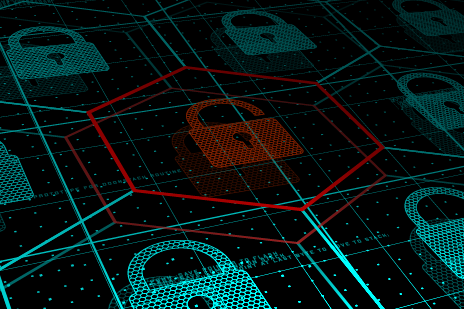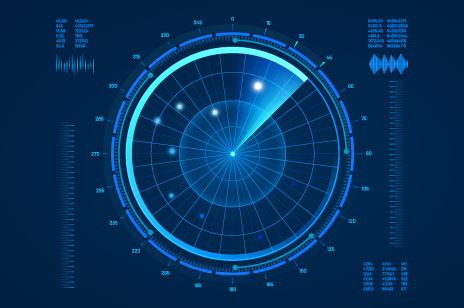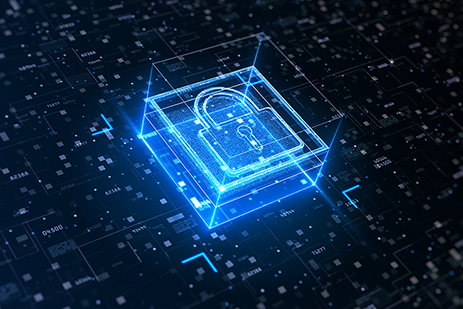
The National Security Agency (NSA) has certified Type 1 encryption as meeting the highest security standards. A Type 1 encryption product is a device or system the NSA certifies for securing classified U.S. Government information, ranging from Confidential to Secret to Top Secret, when appropriately keyed cryptographically.Type 1 encryption is an NSA-approved option for protecting sensitive data-at-rest (DAR). Most information regarding Type 1 encryption is classified. This white paper, the third in a four-part series discussing DAR encryption, will only address publicly available information.
Why Protect Classified Data?
The NSA is responsible for all U.S. Government encryption systems. Protecting classified U.S. Government data has been the NSA’s mission for many decades. In recent years, the threat landscape has continued to evolve and become increasingly sophisticated, requiring an equally advanced protection response.
The basic principle of encryption is to convert plain text data (AKA “Red data”) into cipher text data (AKA “Black data”). Because plain text data can be easily read and is not protected, if obtained by an adversary, it is vulnerable to exploitation.
Download the white paper to learn more about:
- Why classified DAR should be encrypted
- What constitutes a Type 1 device
- Type 1 DAR product vendors
- Type 1 certification process
This white paper is the third in four related white papers discussing data-at-rest (DAR). The first paper in the series, Data Threats and Protection, explores the reasons to protect DAR, encryption basics, and possible encryptor options. The second paper in this series, Commercial Solutions for Classified, focuses on Commercial Solutions for Classified (CSfC), an option offered by the National Security Agency (NSA) that uses two layers of commercial off-the-shelf (COTS) encryption to protect classified data. This third paper discusses the NSA program known as Type 1 encryption, a government off-the-shelf (GOTS) option. The fourth paper provides an objective, practical, and unbiased comparison between Type 1 encryption and Commercial Solutions for Classified (CSfC) encryption approaches used to encrypt data-at-rest (DAR).



